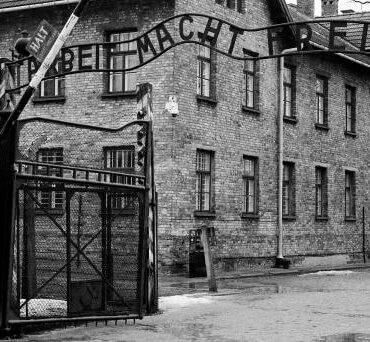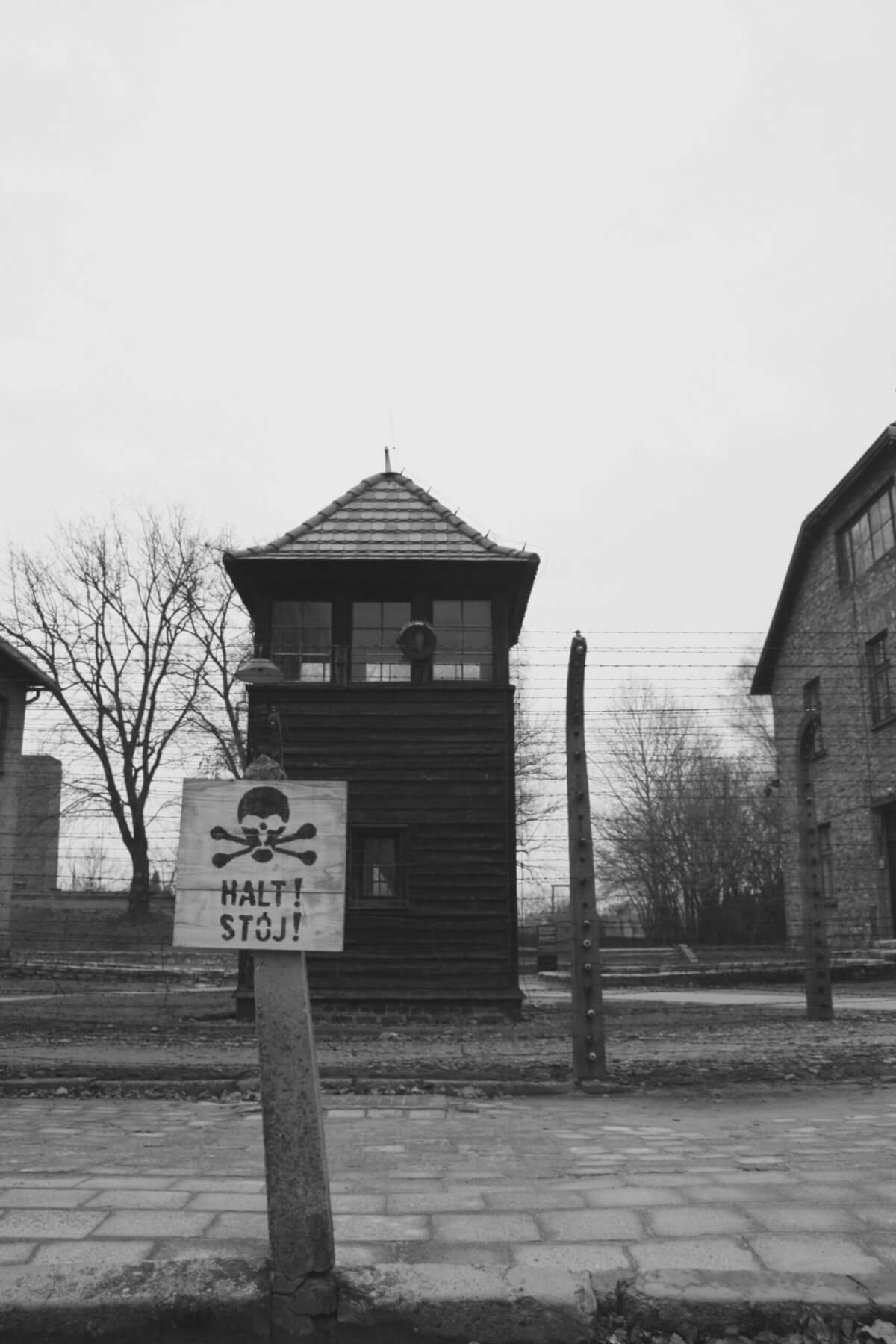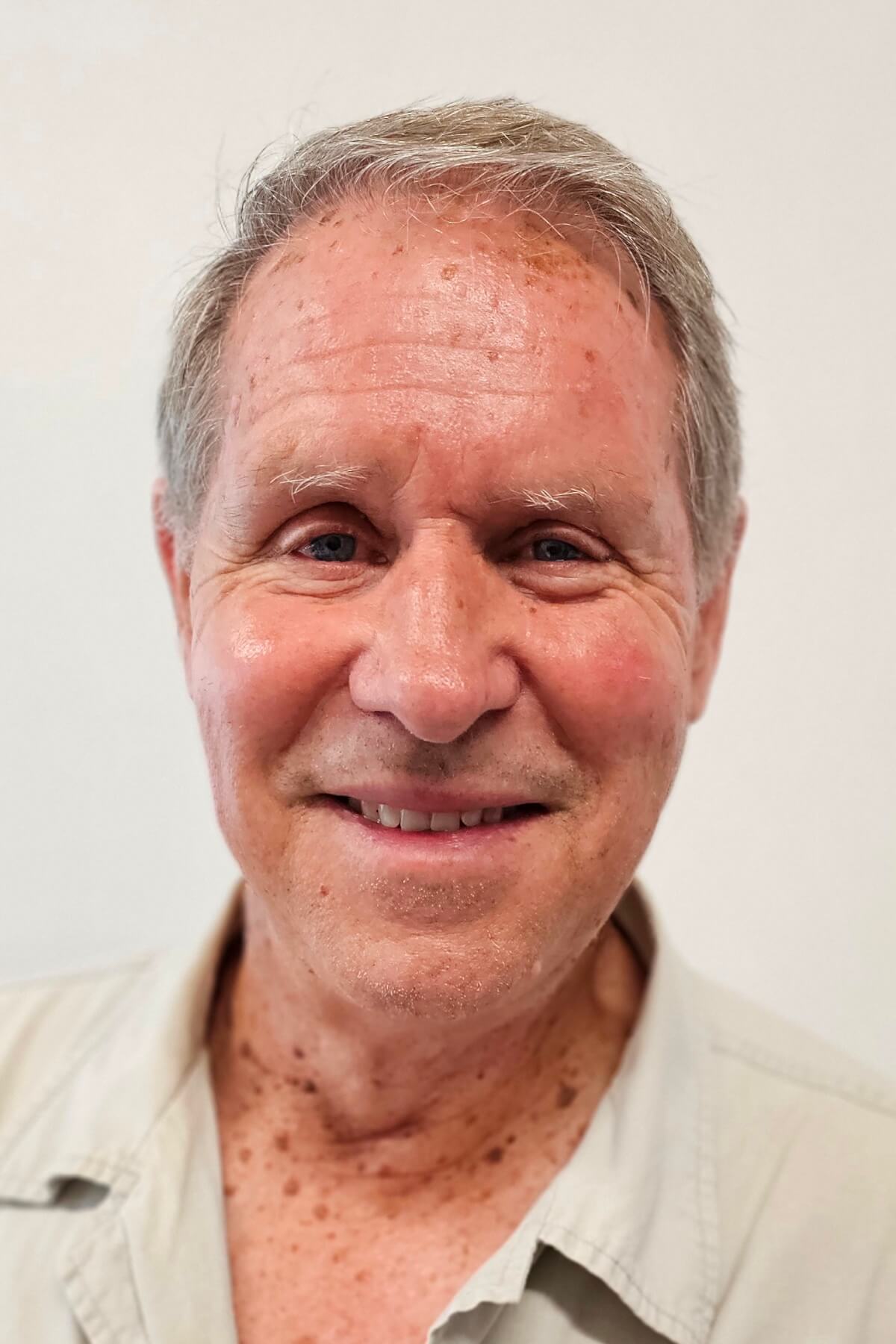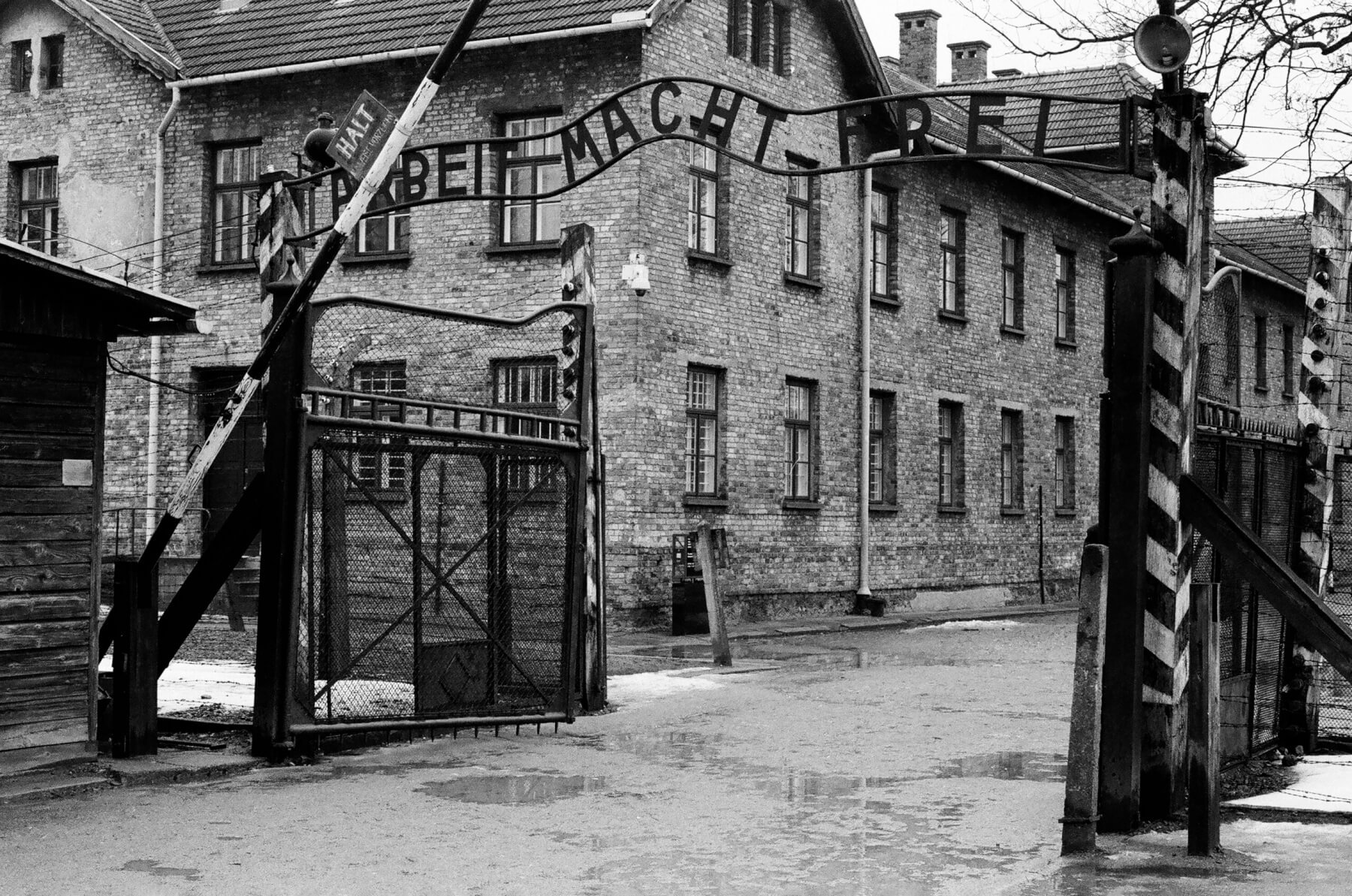
The gate to Auschwitz. Photo: Alexander Zvir pexels.com
The Auschwitz prison sirens wailed long and loud in 1941 announcing a prisoner’s escape.

Auschwitz Photo: Judit Agusti Aranda, pexels.com
In reprisal, 10 fellow prisoners would die – a slow starvation, buried alive in a specially constructed concrete bunker.
Tortured by sun, hunger and fear, the prisoners were lined up while the German commandant and his Gestapo assistant sauntered between the ranks to arbitrarily select the chosen 10. The commandant pointed to a prisoner, Francis Gajowniczek, who cried out in despair, “my poor wife and children”.

Murray Smith
Another man with sunken eyes and round glasses in wire frames stepped out of line and took off his cap. “What does this Polish pig want?” asked the commandant.
“I am a Catholic priest; I want to die for that man. I am old, he has a wife and children,” said Father Maximilian Kolbe. “Accepted” retorted the commandant, moving on.
That night, the priest with nine others went to the starvation bunker. Two weeks later, three of the men and Father Maximilian were still alive.
The bunker was required for others so on August 14 the remaining four were disposed of. After two weeks in the starvation bunker and still conscious, the Polish priest was given an injection of phenol ending his life at the age of 47.

St Peter’s Square, Rome. Photo: Mary Anne Gill
I’ve stood in St. Peter’s Square, Rome, where many years following his death, the memory of Father Maximilian was commemorated, thus revealing its true perspective.
Present in the crowd of 150,000 was Francis Gajowniczek with his wife, his children, and his children’s children – indeed, many had been saved by that one man taking the place of another.
The death of Christ is similar although much more amazing. He died not just for one man and his children’s children, but for every individual in the whole world.
While there is something of dignity about all human beings since we were created in the image of God, nonetheless, we’re all born with a propensity to do evil. Like a bowling ball with its bias, we are drawn to bad and self-destructive behaviour. That image of God has been to a greater or lesser extent tarnished and in some cases almost eradicated by ‘sin’ – it’s a problem common to all.
Have you noticed how prone we are to compare ourselves with other people? Comparing ourselves with others, we’ll always find a way to make ourselves look pretty good.
But the only true measure is the righteous standard found in the life of Jesus Christ – against that ‘yardstick’ of perfection, we realise just how much we’ve fallen short.
Perfection? We all need forgiveness and when Jesus was crucified, He paid the penalty for every wrong thing we ever did. A legal exchange took place. He died to remove our guilt and to free us from addiction, fear and ultimately death. He took our sin, so we can receive His free gift of righteousness… that’s no guarantee we’ll never commit a sin again… but the miracle is, He so changes our hearts, we won’t want to.

The gate to Auschwitz. Photo: Alexander Zvir pexels.com








